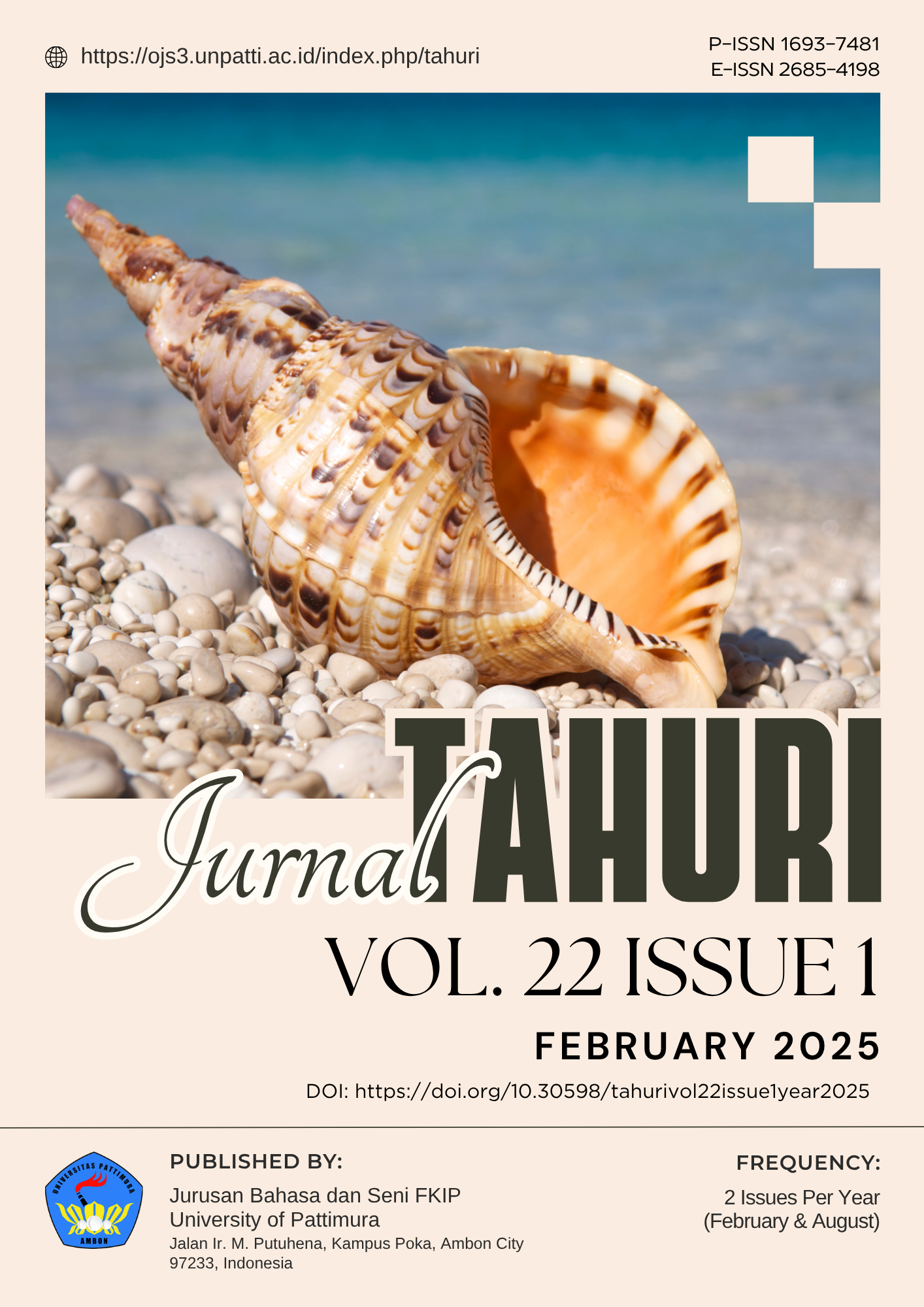Integrating Local Folklore into Language Education: A Case Study of the Danau Toba Narrative in Indonesian Secondary Schools
Abstract
This study examines the integration of local folklore into language education through the use of the Danau Toba narrative in Indonesian secondary schools. Motivated by the limited use of local folklore in classrooms despite its cultural richness, the research was conducted at SMP Negeri 1 Ronggurnihuta, Samosir Regency, North Sumatra, using a qualitative case study approach. Data were collected through classroom observations, in-depth interviews with teachers and students in grades VIII–IX, and analysis of instructional documents. Thematic analysis identified patterns of pedagogical practice, student responses, and emerging challenges. Findings reveal that teachers employ the Danau Toba narrative to teach narrative structure, moral values, and linguistic features, while fostering connections between text and students’ lived experiences. Students showed higher engagement and comprehension compared to national texts, supported by translanguaging practices combining Indonesian and Batak Toba languages. Challenges include the lack of official teaching resources, limited methodological guidance, and the constraints of the national curriculum. The study’s novelty lies in situating folklore as a pedagogical resource rather than solely a literary object, highlighting its role in literacy development and identity-based learning. The findings contribute theoretically to discourse on local knowledge in pedagogy, empirically to evidence of folklore’s educational impact, and practically to curriculum design supporting cultural relevance in language education.
Downloads
Copyright (c) 2025 Hotris Simbolon, Agustin Romasita Mandalahi

This work is licensed under a Creative Commons Attribution 4.0 International License.




